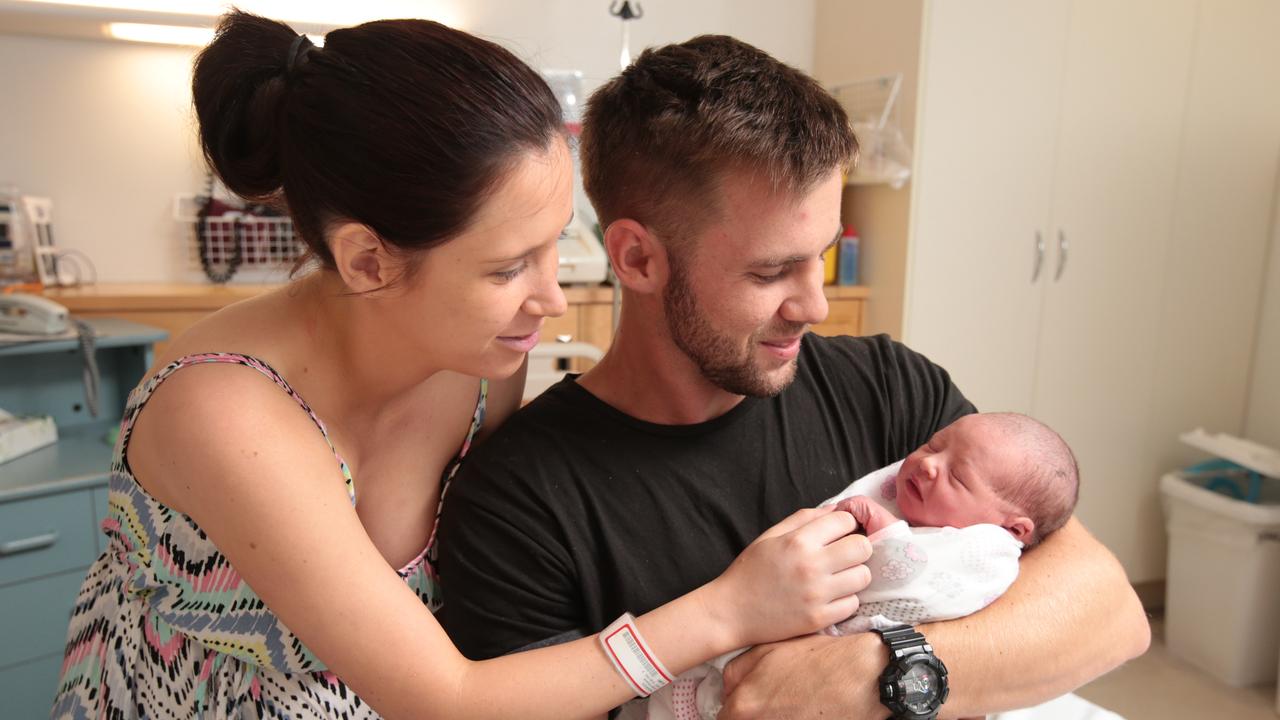Serious diseases costing sufferers $190,000, report finds
A report on the exploding costs to patients and taxpayers of 30 medical conditions has found those who develop some diseases face a massive financial burden.

A major report on the exploding costs to patients and taxpayers of 30 medical conditions has found those who develop some diseases, including Parkinson’s and some types of cancer, face a massive financial burden and up to $190,000 in out-of-pocket costs over their lifetime, even if they are privately insured.
The Cost of Care report, compiled by financial analysts at the insurance giant Zurich, has analysed prevalence, incidence and survival rates of major diseases and calculated lifetime and out-of-pocket cost estimates for patients.
It found individuals with Parkinson’s reported some of the highest costs, with patients expected to pay more than $190,000 in out-of-pocket costs.
Parkinson’s is a degenerative neurological condition that affects memory, thinking, mood and movement, with more than 150,000 Australians currently living with the disease.
The high OOP costs for Parkinson’s was attributed primarily to treatments and mobility aids, as well as formal care, accommodation, travel, and modifications to homes or vehicles. Prevalence of the disease is increasing at one of the fastest paces among neurogenerative diseases, having doubled over the past 25 years, according to the World Health Organisation.
The report comes after Australia joined the Global Parkinson’s Genetics Program, spearheaded by the Michael J Fox Foundation, to map the genes that cause Parkinson’s. Victims are also likely to develop dementia, a brain condition that impacts memory, speech, thinking and behaviour.
Dementia is the second leading cause of death in Australia, with the condition costing an average of $54,745 in the first year of diagnosis, and a further $16,990 each year after that. This is a slight increase from 2018 figures, which found dementia patients were likely to pay an average of $47,811 in their first year of diagnosis and $14,842 each following year.
The report also documents an explosion in cancer cases driven by prostate cancer (up 44 per cent since 2018); breast cancer (up 14 per cent); and melanoma (up 27 per cent in the same time period). However, survival rates for cancer on average are improving. Many patients face out of pocket costs for cancer treatment, especially in the case of non-Hodgkin lymphoma.
Nearly one in six Non-Hodgkin lymphoma patients reported paying between $10,000 and more than $100,000 in OOP costs, while head, neck and thyroid cancers reported $109,300 in lifetime costs, and kidney cancers $72,390.
Motor Neurone Disease also clocked high expenses, with the average lifetime cost sitting at $201,340.
Zurich Australia & New Zealand chief claims officer Matt Paterson expressed concern many medical conditions were growing in prevalence while cost-of-living pressures and issues with insurance access also soared.
“There is a significant financial burden associated with the treatment of certain medical conditions in Australia,” he said.
“As health diagnoses and treatment continue to rapidly advance, this analysis can serve as a useful single source of truth for insurance professionals, financial advisers and the broader community, assisting individuals and families to make informed decisions to improve their collective health and financial resilience.”
The financial burden was further highlighted by findings that one in three parents reported underusing asthma treatments in children due to the cost.
More than 30 per cent of families with a child under the age of 15 with cancer said they relied on credit cards and loans, while 16 per cent had to sell possessions to cover basic costs such as phone or power bills.

In addition, one in six families with a young child with cancer – and close to one in four single parents – went without meals due to financial pressures.
The most common cancer among Australian women is breast cancer, with average OOP costs totalling $5,500, while the average lifetime cost is similar to prostate cancer at $41,260. However, OOP costs varied for breast cancer patients with private health insurance ranging from the hundreds to more than $18,000.
Further financial hardship was felt by some cancer patients due to enforced employment changes as a result of their condition, while people who underwent surgery or chemotherapy under the age of 60 were more likely to report out-of-pocket costs compared to their older counterparts.





To join the conversation, please log in. Don't have an account? Register
Join the conversation, you are commenting as Logout